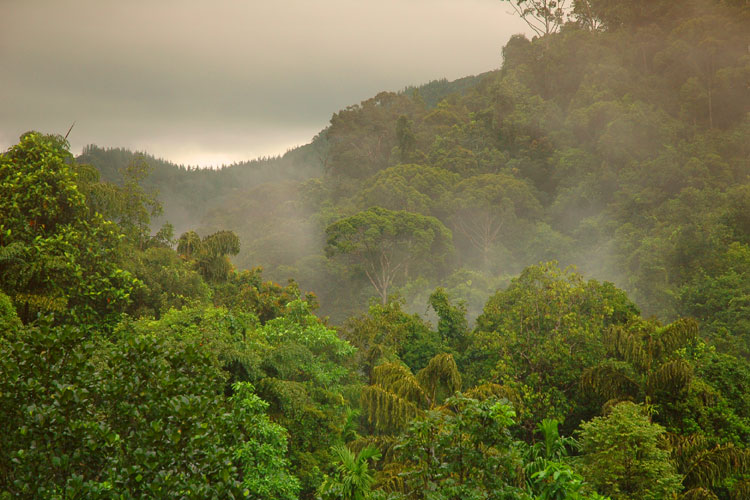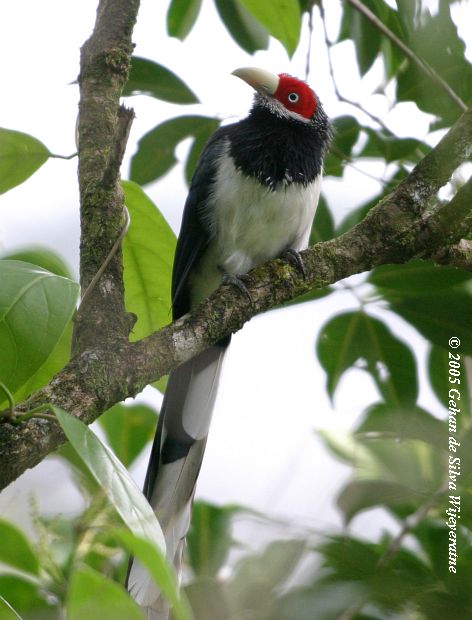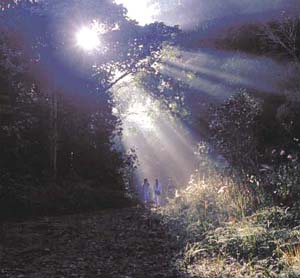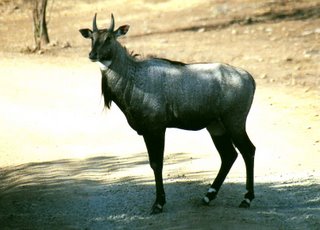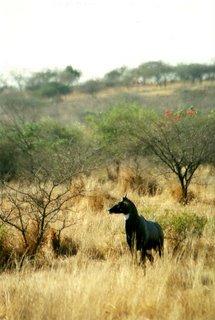A few months before the Tsunami struck, I was out in the Maldives filming a turtle and coral reef conservation project. We took a day out to visit a local fishing community who were living out on a tiny island whose houses were built with old blocks of coral, and whose streets were populated by the old folk and the youngest children, while the men were still out at sea. I was truck by the peace and timelessness of the place, and by one oldtimer in particular. He made such an impression on me that I wrote this following piece about him.
After the tsunami struck I was informed that the entire island had been overcome by the waves, and the nearby resort where we had been staying had opened their doors to the survivors. I never did find out what happened to this 'Man for the Sea'...
A Man for the Sea
There is an island. I have been. Bleached like forgotten bone ‘neath an unforgiving, vengeful sky. I have walked its salt-stained streets. Stung my feet on the burn of its cobbles. Coral blocks, dressed and trimmed, resilient for decades, centuries before. Built to withstand the monsoon, the hurricane, the easterly tempests, these houses of old are museums for days that have come and gone. The fishermen have left, swept away by the red dawn, across the fathomless Indian Ocean, far from their island home, whose name is written in a language I cannot read.
All good women shun the daylight, gathered up in satins and bright colour – resplendent in the coolness of their homes. Children occupy vacant doorways, three abreast, with smiles so old for their young skin. Does everyone here know something I do not? I know nothing of the struggles here, it’s true. Of days that are spent hand to mouth, watching the sterile sky; longing for a benevolent breeze. Waiting for fathers, brothers and sons to return, not just with the catch, but also with their lives.
As a mark of time’s passage the coral cottages give way to things of steel and concrete; the dull insult of cable television now mocks the cry from the distant minaret, calling the faithful to count their blessings, to continue their faithful harvest. But what of these times. I am a foreigner who will be forgotten in the blink of an eye, and yet I still sense time catching up with them, their little space of something, a drop in this ocean.
Languished in the harbour, only one defiant sailing ship sits, drowning gracefully in flooded repose. She has not ventured forth for years, yet she retains a timeless splendour which the fibreglass boats cannot match. Her timbers rot and stain the shallows, but she has outlasted her crew, long departed.
Save perhaps one.
Down the coastal road, under the sway and dappled light of yellowing fruit trees, past the provisions store, the school, and the one-room hospital. In a shadowed doorway a figure sways and saunters. I can see him in the deeper labyrinth of his light and shade house, moving through clutter that only he could decipher. He reveals himself at the bare timbers of his door. His weathered, salt-cured skin breaks into a wide, white smile, and his great age suddenly drops away from his face, swept away like the tide across a worn beach. I am his guest – unexpected but welcome and we sit together – broken English and the indignant stare of his infant grand-daughter, pride of place atop his lap.
“I was a sea captain”. The lines on his face have already told me that story. “She was my ship”. Of course, we three were meant to meet. She can no longer brave the current, and he faithful to the last, remains by her side, watching over her.
The old man is sinewy, muscled, honed by a slow grill under the southern sun. His face has borne the brunt of it, but his frame is strong. He carries the infant effortlessly in one hand and shoos her to sleep. He seems half my height, but is clearly twice the man.
First impressions are deceptive. At first I thought of him as a stranded soul, having struggled perhaps like Hemingway’s Old Man, to calm the tempests, to carve a piece of this endless sea for himself. And yet in the draining of this shared spiced tea, I meet a man who struggles no more. He has won his fight, proved his worth. The light in his eyes shine for his grand-daughter, not for the riches of the sea. He is grounded with the love of his life, but he is content I think, to share brief memories with brief friends and speak of things that the young ones have no memory of.
As he gathers up the baby and adjusts the colourful but faded sarong about his lean waist, I thank him for his time. He bids me good travel to the place of my heart – and for a brief tantalizing moment I realize the allure of this place, the timelessness of it all. Centuries cannot change history here, although fibreglass surely replaces wood and merchants concede to tourists. How can time change a world governed by tides and the pull of the moon? It cannot, and I find that I have outstayed my welcome, because time still has an effect on me…
So we take each other’s leave, and I head for open waters, gliding past the love of his life, turning back one last time, to salute a man for the sea.

A Man for the Sea (and his grand-daughter)
(c) 2004, Charith Pelpola


